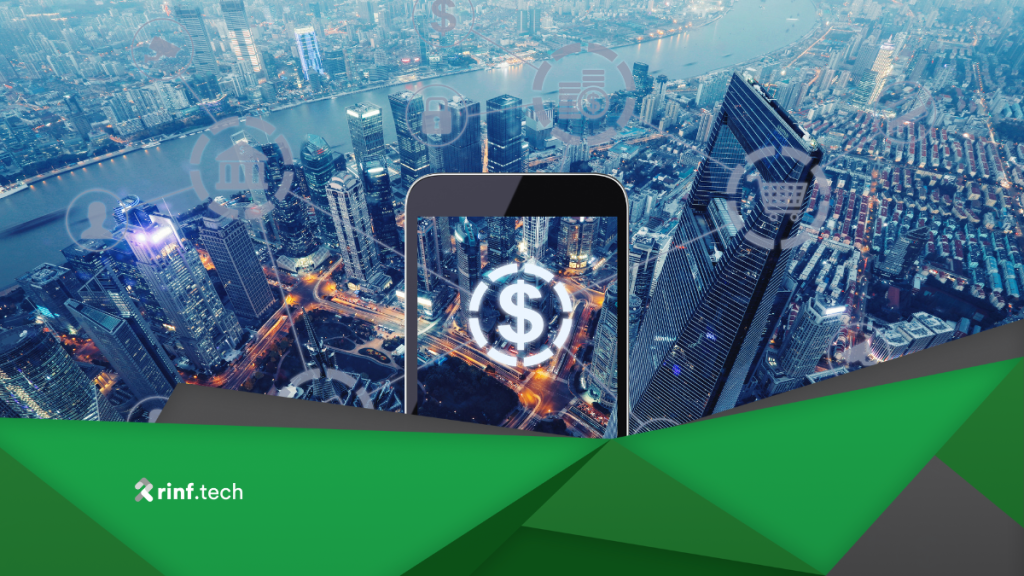
How FinTech Companies Benefit From IT Outsourcing
This article discusses benefits of IT outsourcing for fintech organizations, with focus on cost-savings, innovation, and cybersecurity.
From the rise of the Cloud and 5G to the developments in the metaverse of AR and VR, it’s becoming clear that technology is on the verge of even greater innovation, bringing along new ranges of services and products well within reach. The same report identified and analyzed four major interconnected trends that will shape and define the IT industry shortly.
The acceleration in innovation is bringing forward new technological capabilities, from unlimited computer power and massive data sets to considerable leaps in bandwidth at much lower costs. This trend predicts that this year, more than 70% of companies will employ hybrid or multi-cloud-management technologies, tools, and practices which are essential for a distributed IT infrastructure.
AI algorithms are expected to train machines to recognize, interpret and act on specific patterns. They help computers make sense of real-world data by analyzing images, videos, audio, and text using computer vision, NLP, and speech technology. By 2024, it is estimated that more than 50% of user touches will be augmented by AI-driven speech, written word, or computer-vision algorithms, while a billion connected cameras will be gathering and sharing data.
An IT organization of the future should focus its capabilities on scaling and ensuring that innovation will work for the business.
We already see enterprise innovation cases in many industries, which are just starting to emerge. For example, one of our customers – an AI technology company – has built a Cognitive Automation Platform that uses deep learning and user feedback to automate security alerts, triage, and management. It allows cybersecurity teams to manage the flow of alerts in an automated way and triage them to identify the most critical ones requiring immediate attention. With the global AI market on a continuous growth path, it is predicted to reach $500 billion by 2024, which makes a reason to have a deeper look at this trend.
Cloud and edge computing are coming together to support companies in moving their computer power further toward the edge of their networks, enabling them to reach devices with far less latency in a more significant number of locations. The global cloud microservices architecture market is estimated to generate more than $4.2 billion in revenue by 2028. The rising software 2.0 is easing the way of software development by reducing its complexity.
The IT-as-a-service approach positions the product at the project model’s center, ensuring that the organization is committed and shifting its operations around product management. Some companies have been moving in this direction already.
Hanhaa, a global IoT supply chain visibility and cargo tracking company, was feeling the pressure of the industry’s lack of digitization and decided to build and scale a cloud-agnostic CRM solution that quickly became a key market differentiator for them.
When innovation is pushed to the edge, and a perpetual learning culture invades an organization, the role of IT changes drastically. It cannot support this newly formed dynamic culture just by sticking to its traditional roles, and it needs a breeding ground to allow innovation to happen.
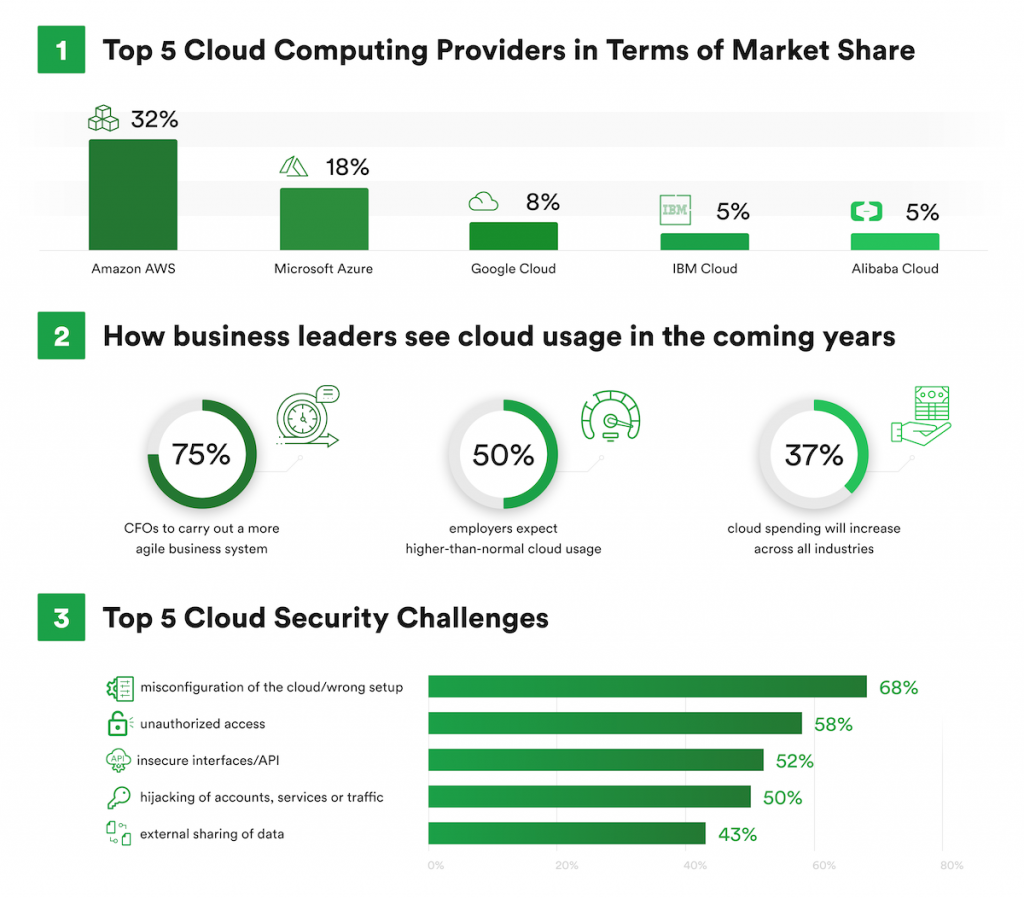
By 2025, more than 70% of new applications will use LC/NC technologies, while digital twins are predicted to be developed regularly by 70% of the manufacturers. Moreover, the Industrial Internet of Things (IIoT) will connect more than 50 billion devices by 2025.
According to Peter Diamandis, entrepreneur and futurist, the next decade will bring more progress than in the past 100 years combined. The implications for companies are vast as technology reshapes health, science, energy, transportation, and other industries. It all comes down to the organization’s ability to navigate disruptions, its level of maturity, and its willingness to pursue the latest trends to achieve rapid innovation and improved performance.
To achieve this level of innovation, organizations need to start building a learning culture that makes continuous learning expected and easy to do. The engineers of the future will need to shift to a mindset that welcomes innovation and entrepreneurship and can work effectively with all business functions to move towards a fast-to-market, try-and-fail approach.
This new breed of engineers is expected to possess multidisciplinary tech specialization plus related technical disciplines and a good understanding of business functions and innovation challenges. They are knowns as π-shaped engineers and typically work at the intersection of technology, business, and society and understand the key performance indicators and functions such as sales, marketing, and HR to deliver actual value and drive modern research.
Enterprises will be pressured to acquire the help of relevant talent that can sustain a fast and smooth journey toward innovation.
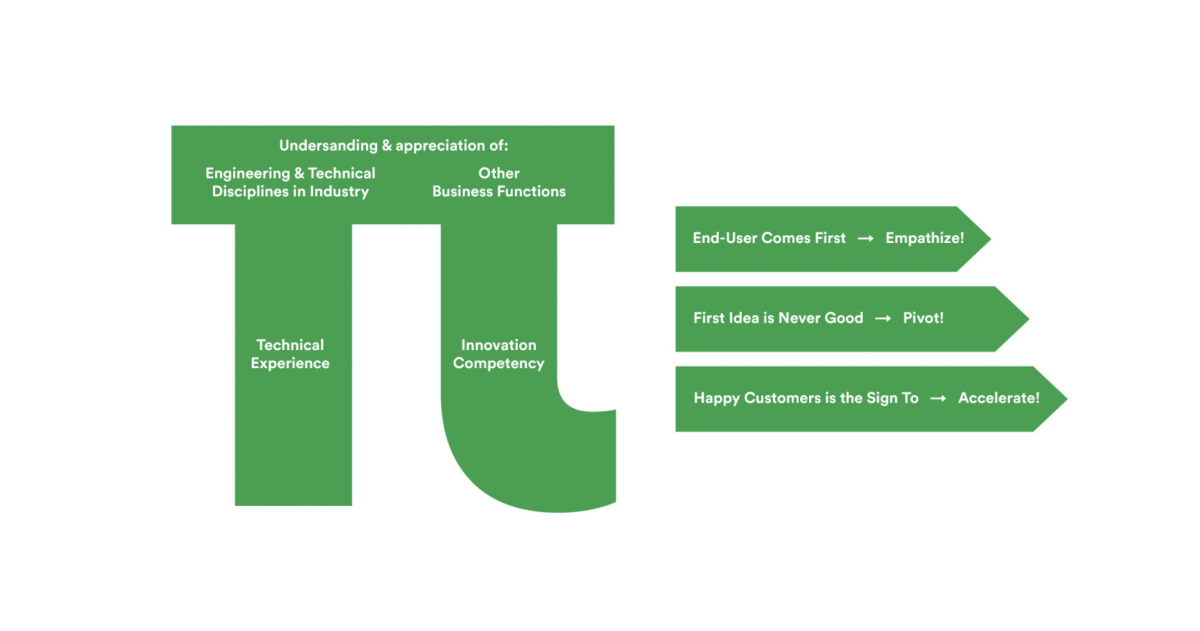
These massive shifts in technology power and capacity are pushing the trust to become an enterprise-wide responsibility. These developments are raising some unease between technology and consumers.
This year, it is estimated that 100% of biometrics-capable devices, such as smartphones, will use biometrics for transactions. These technologies have advanced drastically, and facial recognition algorithms are constantly improving.
Such advancements bring forward the most apparent concern – cybersecurity. It is an ongoing issue that enterprises have already considered. The need to manage and secure trust through an entire ecosystem of technologies adds more pressure across industries.
In the automotive sector, actions are taken to enforce cybersecurity-related activities. The Automotive Open System Architecture already uses existing cryptography mechanisms grouped in what engineers typically call the Crypto stack of the AUTOSAR.
One of our Solution Architects conducted thorough research on the current landscape of the Automotive Cybersecurity, who sets the demands, and a plausible path for future developments.
Check out our Automotive Cybersecurity Study findings in this blog post.
The optimal strategy for supporting cybersecurity in the auto industry would be to partner with technology firms that can handle such challenges.
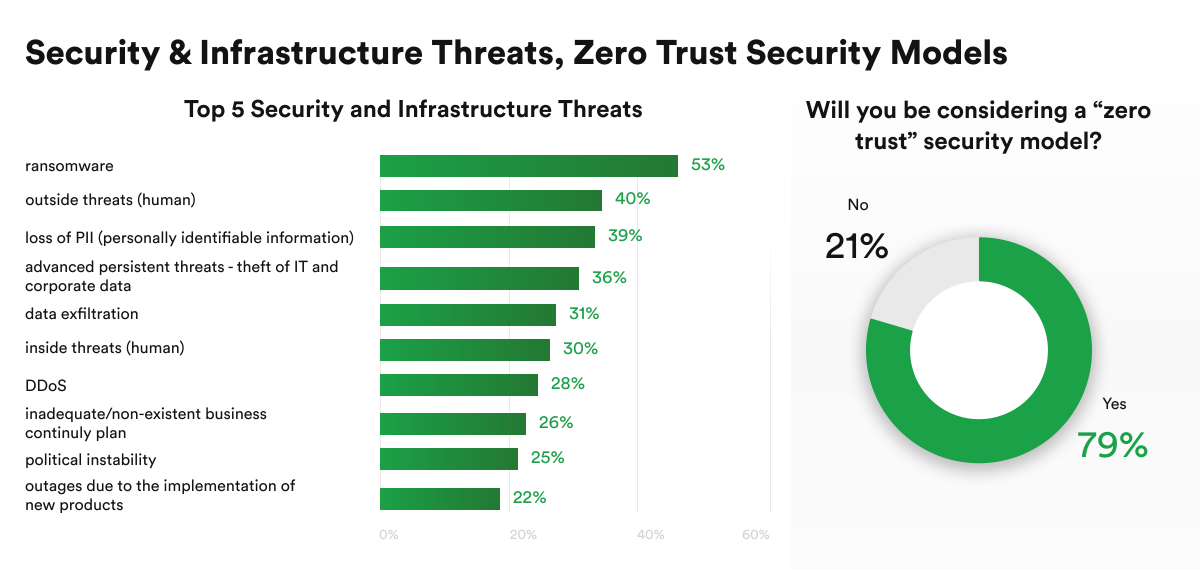
Technology will change at a rapid pace. It is inevitable. An organization can navigate these changes smoothly if they adopt a mindset focused on innovation, absorb everything that comes with this continuous technological shift, and harness it as a competitive advantage.

This article discusses benefits of IT outsourcing for fintech organizations, with focus on cost-savings, innovation, and cybersecurity.
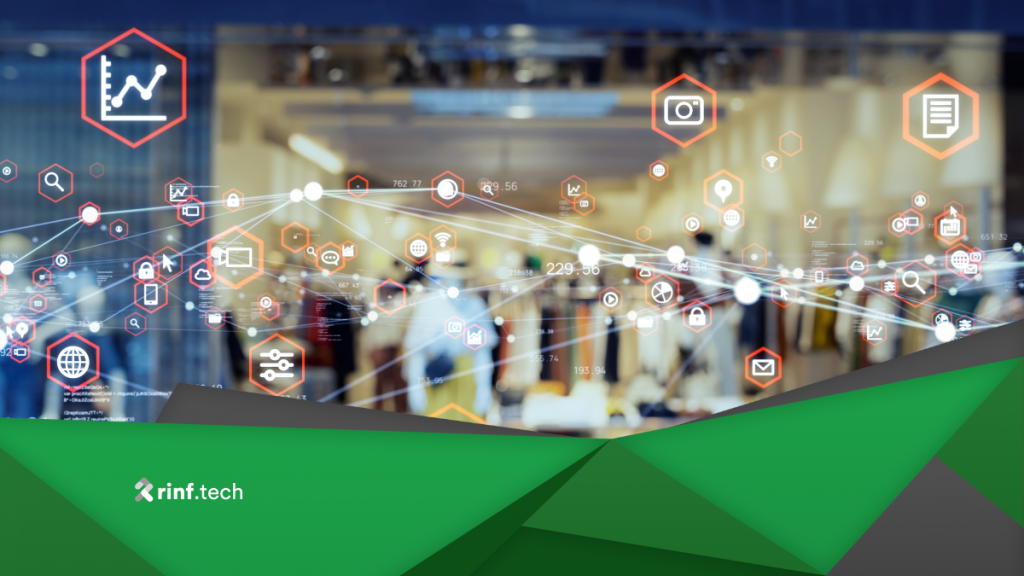
This article explores how retail companies can benefit from IT outsourcing in 2023, as they seek to integrate and implement retail innovation.
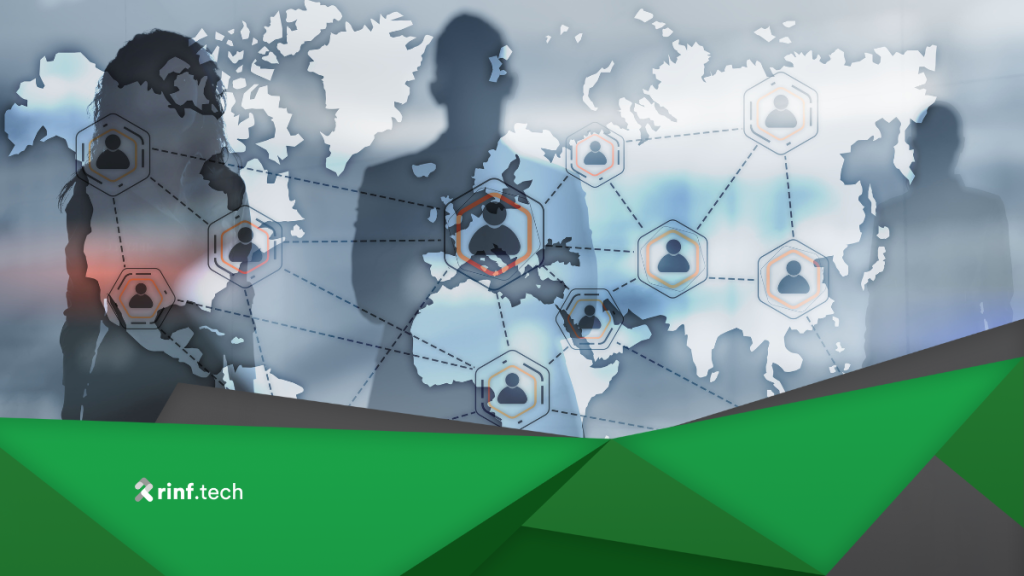
This guide is designed to provide you with the necessary knowledge and tools to make informed decisions and achieve successful outcomes in IT Outsourcing.
Copyright © 2023 rinf.tech. All Rights Reserved.
Terms & Conditions. Cookie Policy. Privacy Policy.
Politica Avertizari de Integritate (RO)